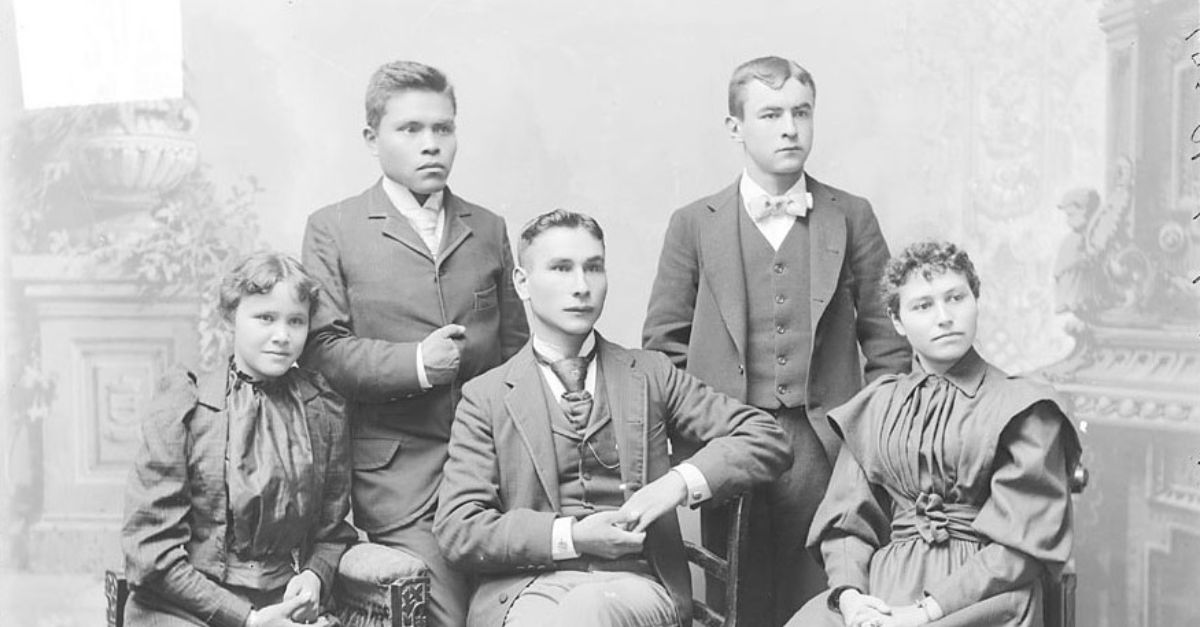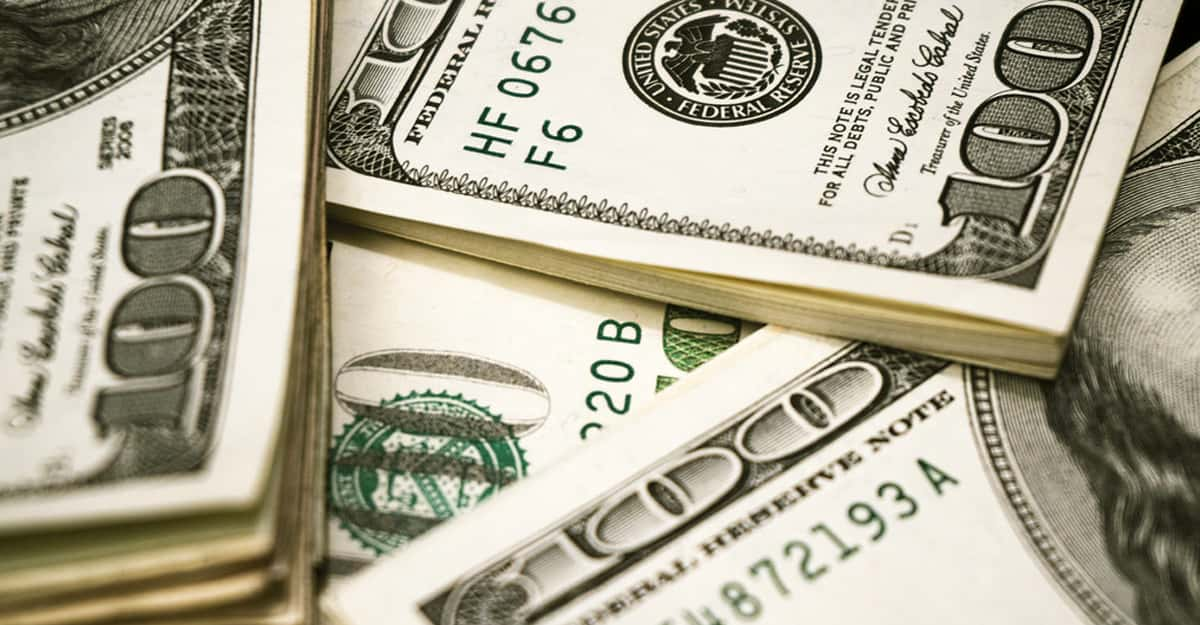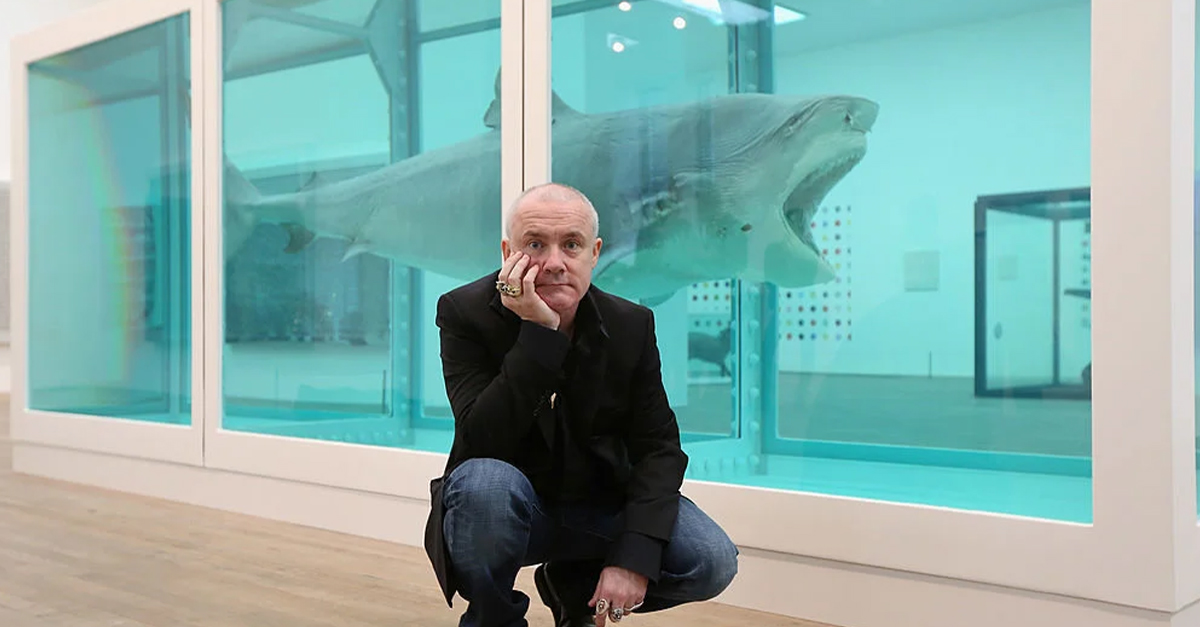Redefining Wealth And Poverty In America
Grand mansions along Fifth Avenue hid the sweat and toil of a working class struggling to survive. Lavish balls lit up the night in New York, where the elite sipped champagne while just blocks away, families huddled in overcrowded tenements. This was the Gilded Age.

A Tale Of Today
By the end of the 1870s, the US was becoming the land of dreams. The Civil War was over, wages were getting higher than in Europe, and the economy had expanded. Historians call this era the Gilded Age after the novel: The Gilded Age: A Tale of Today.
Everybody Was Excited
One of the era’s most famous events, a lavish ball held at the Waldorf Hotel in New York City, represented the period's extravagance. It was attended by the wealthiest families, including the Astors and Vanderbilts, who used such occasions to showcase their fortunes and cement their social standing.
 Harry Whitney McVickar (1860-1905), Wikimedia Commons
Harry Whitney McVickar (1860-1905), Wikimedia Commons
The Centerpiece Of The Celebration
The Waldorf Hotel opened in 1893, and it was a symbol of the new Gilded Age. In 1897, newspapers talked about the anticipated ball, where preparations for grand celebrations highlighted the stark contrasts between the city's elite and its working-class residents.
 Unknown Author, Wikimedia Commons
Unknown Author, Wikimedia Commons
Critics Were Loud
Although some argued that the ball would benefit the whole city, critics like journalists and social reformers spoke of the social costs of unchecked capitalism and the plight of the working class. The era’s critics laid the intellectual groundwork for the Progressive Era reforms that would follow.
 Mark Twain and Charles Dudley Warner, Wikimedia Commons
Mark Twain and Charles Dudley Warner, Wikimedia Commons
It Was More Than A Social Gathering
Some events cost enough to feed thousands of families for an entire year. These spectacles symbolized the economic divide that characterized the Gilded Age, when the rich grew richer while the poor struggled to survive. The word “gilded” perfectly described the era as a shiny exterior covering the rot underneath.
 Joseph Keppler, Wikimedia Commons
Joseph Keppler, Wikimedia Commons
But Why Did It Happen?
Immigration and industrialization tempted millions to flock to New York seeking opportunity. Yet, this influx created overcrowding and economic struggles for many. Against this backdrop, the city’s elite hosted extravagant parties in a glaring contrast between the opulence of the wealthy and the struggles of the working class.
 W.H.Bartlett, Wikimedia Commons
W.H.Bartlett, Wikimedia Commons
The Country Was Expanding
Shifting from a local economy, Americans with a vision could think on a national level. In cities like New York, the disparities were stark. The richest families controlled much of the nation’s wealth, while millions of working-class families lived in overcrowded tenements.
 Library of Congress, Wikimedia Commons
Library of Congress, Wikimedia Commons
It Was Like Two Nations Existed
This Gilded Age revealed the existence of "two nations" within the United States: one of extraordinary wealth and privilege and another of struggle and hardship. The divide was not only economic but also cultural. The wealthy attended lavish social events, while the working class often lacked basic services.
 Mark Twain and Charles Dudley Warner, Wikimedia Commons
Mark Twain and Charles Dudley Warner, Wikimedia Commons
The Differences Were Clear
Urban centers like New York, Chicago, and Pittsburgh grew rapidly to become hubs of industry and culture. However, rural communities struggled to compete, and urban overcrowding led to unsanitary conditions and labor unrest. Many people were sick and often wondered why the rich were getting richer while their struggle increased.
 Unknown Author, Wikimedia Commons
Unknown Author, Wikimedia Commons
Wealth Versus Desperation
Industrialists and financiers like Andrew Carnegie, J.P. Morgan, and John D. Rockefeller amassed unprecedented wealth by creating fortunes through steel, oil, and railroads. However, their success was built on the labor of workers who endured long hours and unsafe conditions.
 Theodore C. Marceau, Wikimedia Commons
Theodore C. Marceau, Wikimedia Commons
But Their Stories Were Inspiring
These rich people were visionaries and managers. Andrew Carnegie, for example, came from a poor immigrant family that left Scotland for a better future in Pennsylvania. Using the Bessemer process, Carnegie made steel production faster and more efficient to enable the construction of skyscrapers and bridges.
 Unknown Author, Wikimedia Commons
Unknown Author, Wikimedia Commons
He Made A Daring Gamble
In the midst of one of the worst economic depressions in American history, Andrew Carnegie made a bold decision to invest in a massive steel mill near Pittsburgh. While others cut back, Carnegie saw an opportunity, betting that steel would be the cornerstone of the nation’s rebuilding efforts.
 Unknown Author, Wikimedia Commons
Unknown Author, Wikimedia Commons
And He Was Right
His gamble paid off. As the economy recovered, demand for steel surged, particularly for railroads and urban construction. Carnegie’s focus on efficiency and innovation allowed him to outpace competitors and dominate the market. His decision to expand during a downturn exemplified the entrepreneurial spirit of the Gilded Age.
 Andrew J. Russell, Wikimedia Commons
Andrew J. Russell, Wikimedia Commons
America’s First National Industry
The railroad industry was the lifeblood of the Gilded Age economy by connecting distant parts of the country and fostering the growth of a national market. Railroads revolutionized transportation and made it faster and more efficient to move goods and raw materials.
 Matthew Brady, Wikimedia Commons
Matthew Brady, Wikimedia Commons
And Competition Was Eliminated
Instead of multiple railroads leading to the same destination, J. P. Morgan, the famous banker, met with owners to eliminate competition. Each railroad had uniform rates and an assigned share of traffic, and they had to agree or face a financial penalty.
 JohnPierpontMorgan, Wikimedia Commons
JohnPierpontMorgan, Wikimedia Commons
More Entrepreneurs Were On The Way
Entrepreneurs like Morgan turned railroads into sprawling enterprises by consolidating smaller lines into major networks. This revolution came with its challenges, including fierce competition and labor strikes. Despite these issues, railroads became the first true national industry that linked the country in unprecedented ways.
 Western New York Railroad Archive, Wikimedia Commons
Western New York Railroad Archive, Wikimedia Commons
Building America’s Urban Giants
Millions of immigrants from Asia, Europe, and Latin America arrived in the US and took on jobs in factories and mines under harsh conditions. African Americans escaped the unfavorable realities of the post-Reconstruction South and moved to cities like Chicago and New York in search of greater social freedoms.
 Unknown Author, Wikimedia Commons
Unknown Author, Wikimedia Commons
Everyone Believed In The Dream
Entrepreneurs capitalized on this spirit of innovation by turning ideas into profitable enterprises, with inventors like Thomas Edison and Alexander Graham Bell becoming household names. The promise of progress inspired a belief that America was destined to lead the world in industry and technology.
 Victor Daireaux, Wikimedia Commons
Victor Daireaux, Wikimedia Commons
Women Played A Significant Role
During the Gilded Age, women helped redefine the social classes, especially with balls like the one held at the Waldorf Hotel. Others were newcomers who wanted to identify as classy. On the other hand, many women played the role of social reformers who advocated for equality.
 Unknown Author, Wikimedia Commons
Unknown Author, Wikimedia Commons
Redefining New York’s Society
Even among the wealthy, several struggles and disagreements existed. For example, Alva Vanderbilt wanted to attract attention and rightfully did so with the unusual design of her mansion. Even her friends thought that it was a bit too much.
 Stadler Photographing Co., New York-Chicago, Wikimedia Commons
Stadler Photographing Co., New York-Chicago, Wikimedia Commons
Alva Vanderbilt’s Triumph Over Old Money
Despite living on Fifth Avenue, identifying as one of the elite wasn’t an easy task as the richest earliest settlers in the city were tired of social climbers. Caroline Schermerhorn Astor had an exclusive club, and only she could decide who deserved to be under the spotlight.
 Carolus-Duran, Wikimedia Commons
Carolus-Duran, Wikimedia Commons
The Making Of America’s New Aristocracy
Although Mrs Astor wasn’t a big fan of the Vanderbilts, Ava Vanderbilt sent a heartwarming ball invitation to 1200 guests and made sure Mrs Astor would get one. Descriptions of the ball room were in every newspaper and the day of the ball, March 26,1883 was highly anticipated.
 José María Mora, Wikimedia Commons
José María Mora, Wikimedia Commons
The Labor Force Awakens
On the other side of the society, workers agreed to low wages that couldn’t support their families. Even children had to work 12-hour shifts while breathing in harmful fumes that caused diseases. So, the working class demanded better conditions through labor unions, but the elite weren’t supportive.
 Joseph Becker, Wikimedia Commons
Joseph Becker, Wikimedia Commons
The Intellectual Champion Of The Working Class
After labor union leaders were jailed in 1886, workers chose Henry George to speak on their behalf. He had previously tried his luck in several industries and eventually had to beg for money to provide for his family due to rising social injustice.
 Henry George School of Social Science, Wikimedia Commons
Henry George School of Social Science, Wikimedia Commons
Progress And Poverty
He wrote a book to discuss the development of poverty among the excess because success wasn’t fairly spread. Progress and Poverty quickly became a bestseller, where he discussed that no one had to be poor in the US. People were encouraged to vote for the United Labor Party.
 Henry George, Wikimedia Commons
Henry George, Wikimedia Commons
The Banker Who Shaped American Industry
Although railroads were in better condition, J.P. Morgan knew that only a monopoly could save the industry. His vision helped farmers who were in debt to transform their crops across the country. Activists like Mary Elizabeth Lease made sure their voices were heard.
 photography of XIX centur, Wikimedia Commons
photography of XIX centur, Wikimedia Commons
She Spoke Publicly About The Unfairness
Lease publicly said that the wealthy had something that belonged to the poor. Her fingers pointed at J.P. Morgan, who controlled Wall Street, which accordingly controlled everything in the country. When it was time for the elections, the People’s Party won 91 seats to become the majority.
The Populists Helped Everyone
The People’s Party, or the Populists, had a plan for everybody. As a result, even black farmers in the South were able to buy land. Although the workers at Carnegie's plants were in better shape, labor unions still demanded higher wages.
 Solomon D. Butcher, Wikimedia Commons
Solomon D. Butcher, Wikimedia Commons
Carnegie Believed In Social Darwinism
Although he built a reputation for being the working man’s friend, Carnegie was a capitalist who cared about his profits. He believed that survival was for the fittest and that rich people weren’t obligated to help the less fortunate.
 Editor Mary Griffin Webb and Edna Lenore Webb, Wikimedia Commons
Editor Mary Griffin Webb and Edna Lenore Webb, Wikimedia Commons
Things Got Ugly
Refusing to negotiate, Carnegie hired Henry Clay Frick to demand a wage cut. Frick surrounded the steel factory with guns and water cannons. Then, he stopped the payroll as the union men went on strike. The strikers fought with replacement workers, and some people died, but Carnegie didn’t back down.
 Unknown Author, Wikimedia Commons
Unknown Author, Wikimedia Commons
The Panic Of 1893
Although Carnegie could silence his workers with the help of government officials and soldiers, his actions came with consequences. A company that monopolized the production of twine was on the verge of collapse, and in a ripple effect, the stock market crashed.
 Unknown Author, Wikimedia Commons
Unknown Author, Wikimedia Commons
People Starved
As many as a million people became unemployed and were starving to death, and there was no government to step in and help them. Those thrown out of their homes could sleep at police stations to keep warm. But with the growing numbers, some had to be turned away.
Jacob Coxey Offered A Solution
A year later, people in Ohio supported Jacob Coxey, who urged the government to offer jobs to the increasing number of unemployed people. His march onto the country’s capital made news. A group of men formed what would be known as The United States Industrial Army to support him.
 Unknown Author, Wikimedia Commons
Unknown Author, Wikimedia Commons
Everybody Was Joining
As he moved towards Washington, more people joined Coxey’s march. Newspapers tried to paint Coxey’s men as bad people, but their popularity kept increasing. His intention was to give a speech to demand that the Congress paid every worker $1.50 a day to build public structures.
 Frank Leslie's magazine, Wikimedia Commons
Frank Leslie's magazine, Wikimedia Commons
However, He Failed
Coxey was arrested and rich people like J.P. Morgan didn’t suffer. As a matter of fact, the depression helped him control the bankrupt railroads. He invented what would later become the publicly traded corporation that would redefine the American economy.
 National Photo Company Collection, Wikimedia Commons
National Photo Company Collection, Wikimedia Commons
He Didn’t Expect What Was About To Happen
Gold bars were transferred from the treasury to leave on ships to Europe when people were asking for their money back. By 1895, the gold reserve was down by 50%, and President Grover Cleveland was stuck. J.P. Morgan suggested that private investors would lend the government gold.
 Unknown Author, Wikimedia Commons
Unknown Author, Wikimedia Commons
It Looked Like The Economy Was Recovering
Thanks to this bold move, things were back on order. Morgan could enjoy the company of other wealthy people in Rhode Island, where they attended parties and played tennis. But Ava Vanderbilt shocked the society again with a public divorce.
 Moody's Magazine, Wikimedia Commons
Moody's Magazine, Wikimedia Commons
She Lost Her Status
After the divorce, Vanderbilt was treated with neglect, but she arranged for her daughter to marry a British Duke to win her social status back. That fall, her daughter’s marriage to the Duke was front-page news across the country.
 Unknown Author, Wikimedia Commons
Unknown Author, Wikimedia Commons
The Future Seemed Unclear
While the elite were buried in their stories, the rest of the country was boiling with questions. In 1986, the future of the currency was unclear, and people wanted to introduce the silver reserve. They were against the fact that Morgan controlled the whole country.
 Sherl Joseph Winter, Minted at the San Francisco, Wikimedia Commons
Sherl Joseph Winter, Minted at the San Francisco, Wikimedia Commons
And It Seemed Like The Country Had Lost Its Soul
It was clear that for two generations, all that mattered was making the rich people richer. William Jennings Bryan proposed the imposing of higher taxes on the rich and the break of industrial monopolies. Populists decided to support Bryan as the Democratic candidate.
 Harris & Ewing, photographer, Wikimedia Commons
Harris & Ewing, photographer, Wikimedia Commons
Bryan Didn’t Stop
To gain support, Bryan traveled for more than 18,000 miles to reach the voters. Farmers and workers understood that he offered a solution. Although Republicans got money from private investors for publicity, Bryan was closer to the people.
 Copyright by Geo. H. Van Norman, Springfield, Mass., Wikimedia Commons
Copyright by Geo. H. Van Norman, Springfield, Mass., Wikimedia Commons
Businessmen Stepped In
Powerful businessmen like Andrew Carnegie supported the Republican William McKinley. The elections saw more voters than ever, but eventually, workers voted for McKinley due to the pressure of industrialists. Society was no longer based on equal opportunities.
 Courtney Art Studio, Wikimedia Commons
Courtney Art Studio, Wikimedia Commons
And Morgan Didn’t Stop
Although he previously purchased railroad companies, Morgan had another mission. At the beginning of the 20th century, he offered Carnegie $250 million to buy his steel empire and turn it into a publicly traded company to change the American economy forever.
 Miscellaneous, Wikimedia Commons
Miscellaneous, Wikimedia Commons
The Move Proved Successful
In less than one generation, the economy leaped and America became a leading industrial force. Lessons learned from the Gilded Age gave the country its global power and a massive push. As capitalism gained more strength and control the question of wealth versus people lingered.
 Chicago Architectural Photographing Company, Wikimedia Commons
Chicago Architectural Photographing Company, Wikimedia Commons
A Question Yet To Be Answered
The Progressive Era started in the early 20th century to eliminate the social injustice of the Gilded Age. But the question of whether governments represent the people or the wealth was yet to be answered. As a matter of fact, answers are still needed today.
 Matt Morgan, Wikimedia Commons
Matt Morgan, Wikimedia Commons










